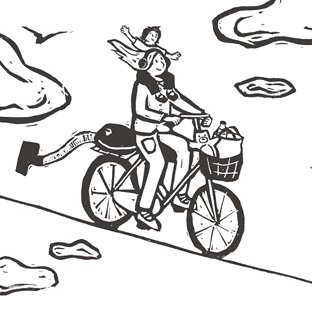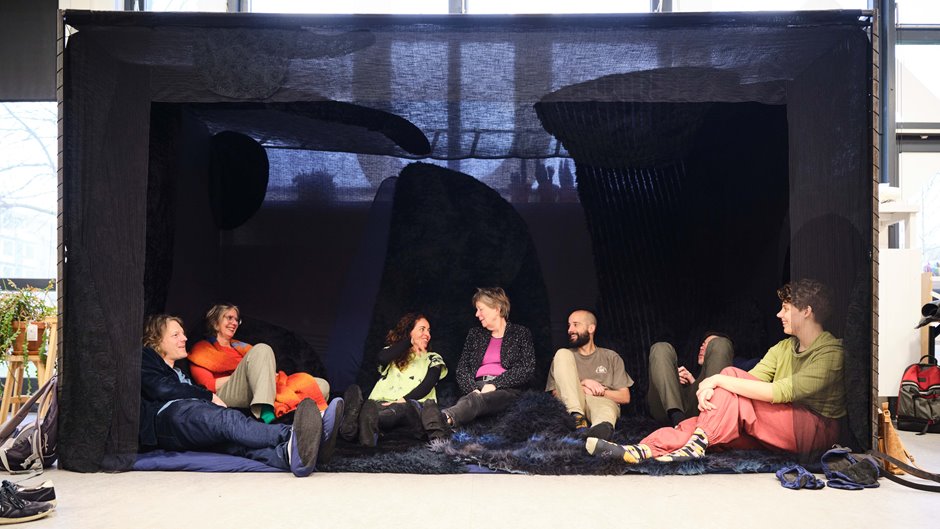Iets Eten: a community for and by autistic students
The community Iets Eten was founded in 2019 by Gerard van Wolferen (retired HKU lecturer, researcher, and former autism ambassador) and Claudia van den Hoeven (autism specialist). Today, more than seventy students from different programmes (both bachelor’s and master’s) are members of the community, including alumni with autism. Since September 2021, an average of five in-person meetings have been held per academic year. Students themselves propose topics such as studying with autism and relaxation, the strengths of autism, over- and understimulation, autism and food, or the art of autism. Each meeting begins informally with soup and sandwiches; before an experience expert or guest speaker shares insights and sparks a conversation with the group.
Inclusive higher arts education
What lessons can be learned from five years of the Iets Eten community? This is the central question in the research line of the Critical Creative Pedagogies research group. What does such a community mean for inclusive higher arts education and for a smooth transition into the labour market? Over the years, countless valuable tips and insights have been gained about more neuroinclusive education, which can be useful not only for the lecturers and staff at HKU, but also beyond.

